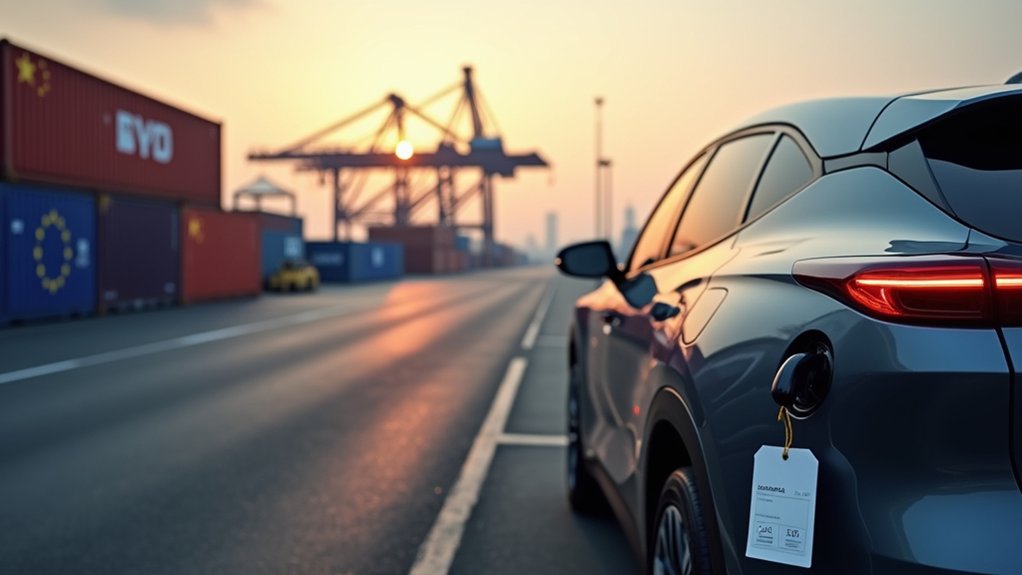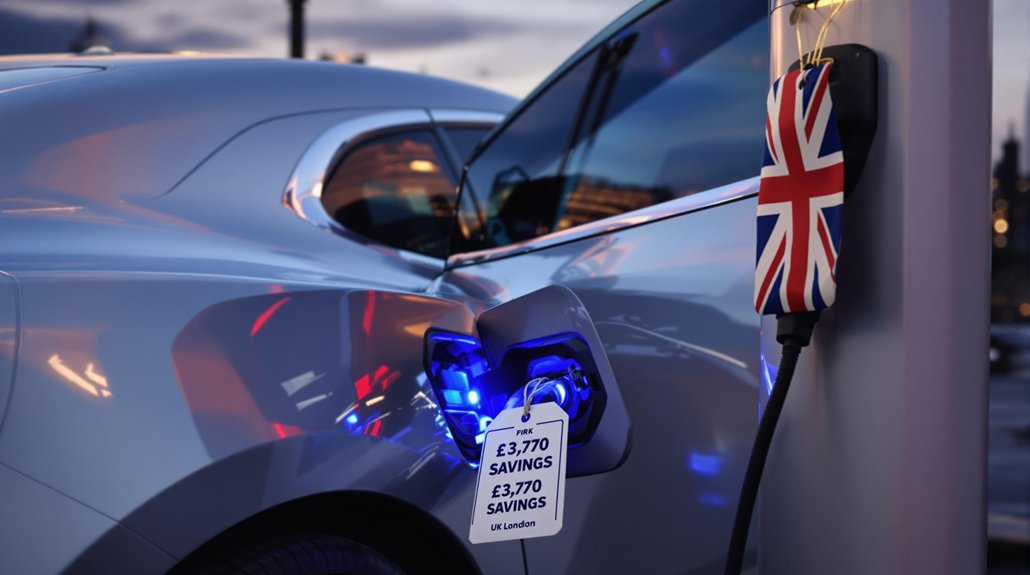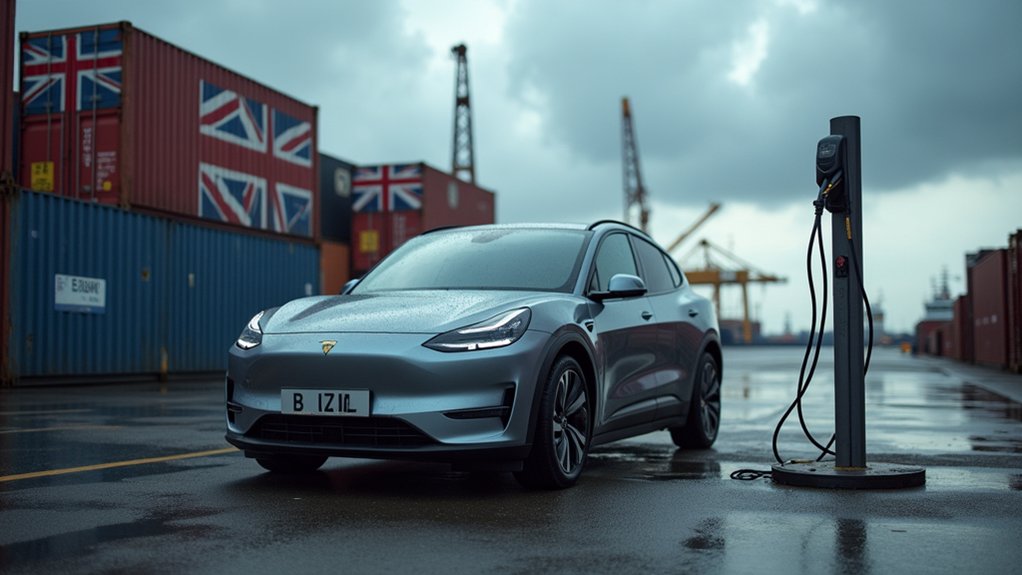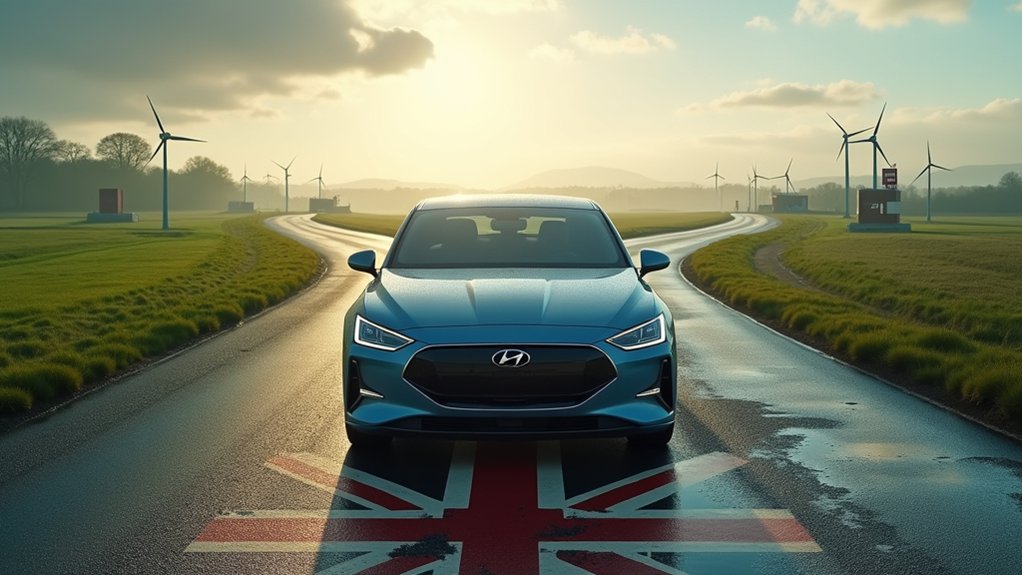Why have French urban areas embraced a color-coded system to combat air pollution? The answer lies in the Crit’Air certification scheme, developed by the French Ministry of the Environment to tackle the substantial environmental impact of road transport emissions. This mandatory air quality certificate categorizes vehicles based on their pollutant emissions, providing authorities with a visible means to regulate traffic in urban zones.
The system utilizes distinctive round, color-coded stickers that must be affixed to a vehicle’s windshield in the lower-right corner. Six primary classifications exist, ranging from green (Class 0) for zero-emission electric vehicles to grey (Class 5) for the most polluting older models. Once acquired and affixed, the sticker remains valid for life of the vehicle. I’ve seen firsthand how this stratification effectively identifies vehicles that meet increasingly stringent Euro emission standards.
By 2024, at least 14 major French cities have implemented Low Emission Zones (ZFEs), including Paris, Lyon, and Marseille. The regulation’s reach continues to expand, with all urban areas exceeding 150,000 inhabitants required to enforce ZFE restrictions by 2025. Compliance isn’t optional—vehicles without appropriate Crit’Air certification face substantial penalties when entering regulated zones.
Obtaining a sticker costs €3.67 through official channels, though third-party vendors often charge €20-30 for identical certification. The non-forgeable, non-removable stickers require vehicle registration documentation for proper classification. Processing typically takes between several days and two weeks. For UK-registered vehicles, it’s important to note that stickers can only be purchased through the official French website.
Notably, some vehicles simply cannot qualify for Crit’Air certification. Petrol vehicles registered before January 1997 and diesel vehicles from before January 2001 generally fall outside the classification system, effectively barring them from many urban areas. Foreign vehicles aren’t exempt either—all road users must display valid stickers.
While certain emergency vehicles and vintage automobiles may receive exemptions, the regulatory net continues to tighten. For drivers of older vehicles, the message is clear: French urban centers are increasingly off-limits unless you upgrade to cleaner transportation options.
The Crit’Air system, while administratively simple, represents a decisive shift toward prioritizing air quality over universal vehicle access.









